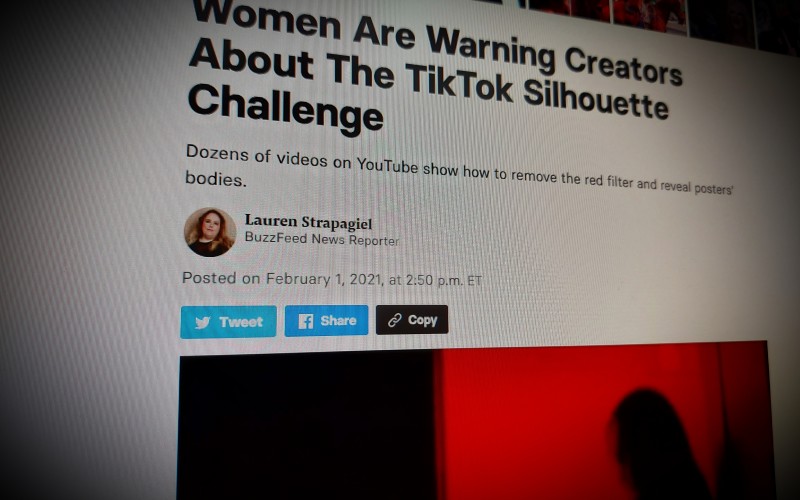Ten years ago we were warning parents about webcams and Chatroulette and nothing has changed.
"It's a trend now on TikTok that everyone's doing Omegle, so me and my friends thought we'd go back to it," says 15-year-old Keira from the US on video chat on the site.
"Men being gross is something me and my friends see a lot. It should be better monitored. It's like the dark web but for everyone."'






Comments
make a comment